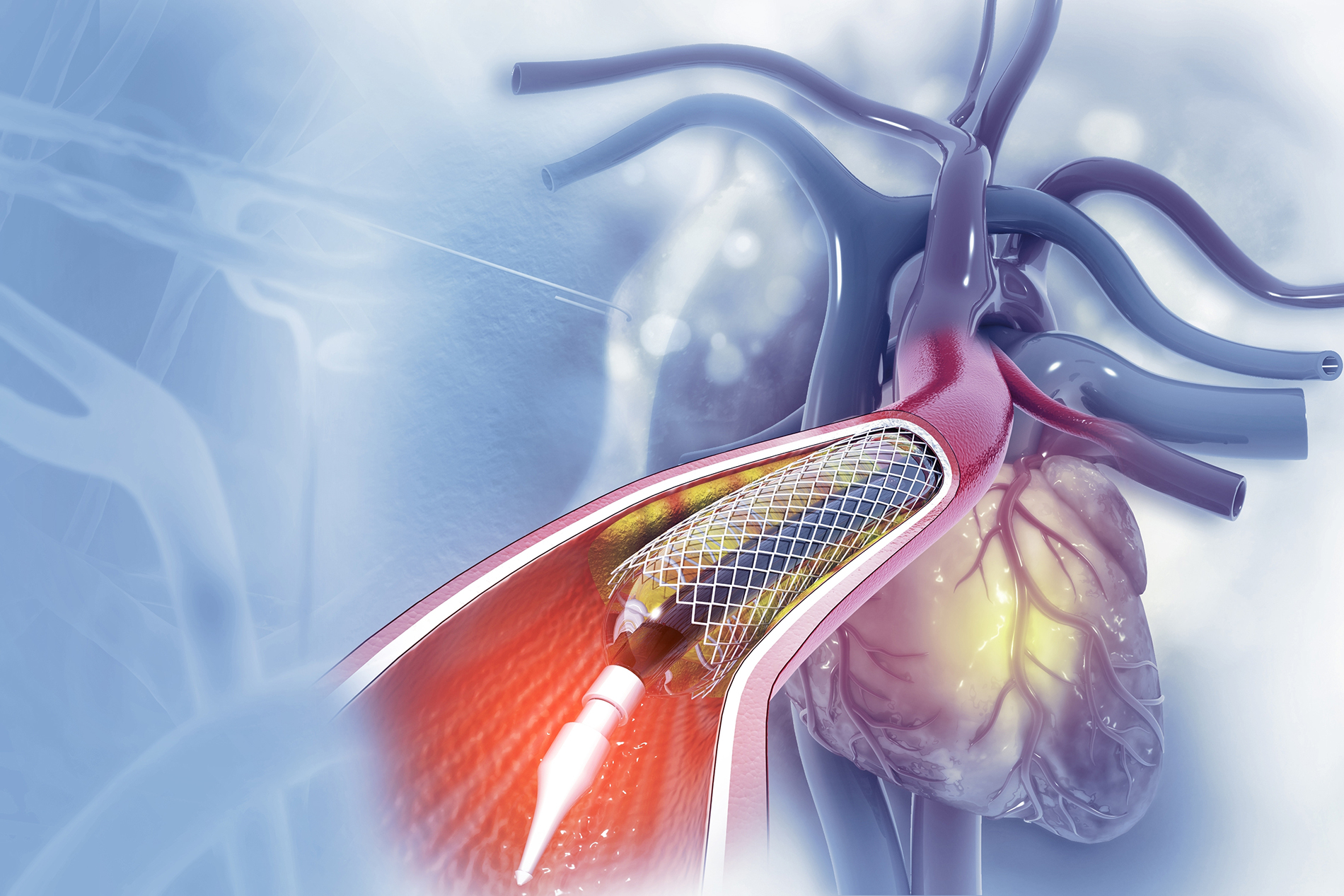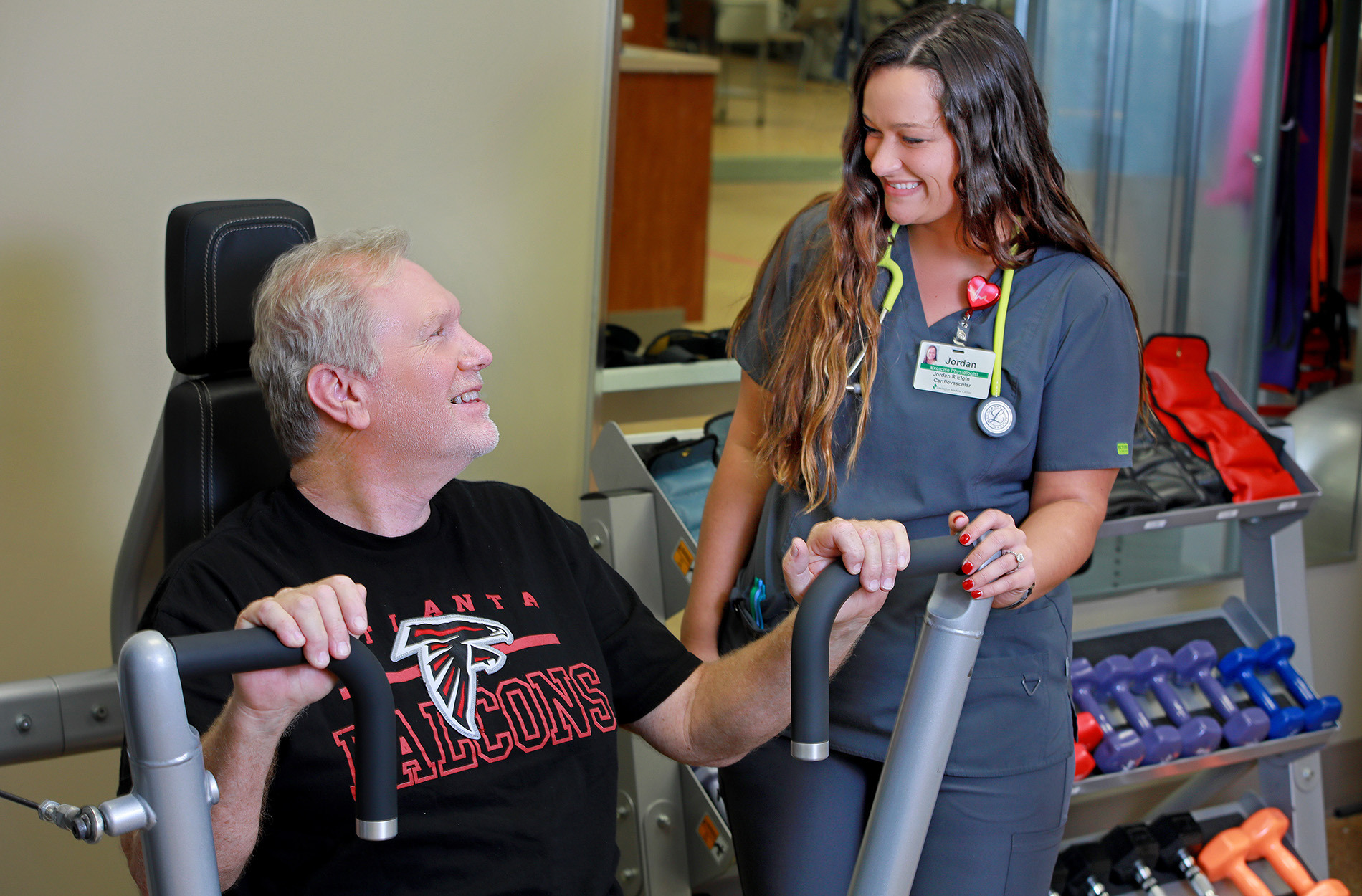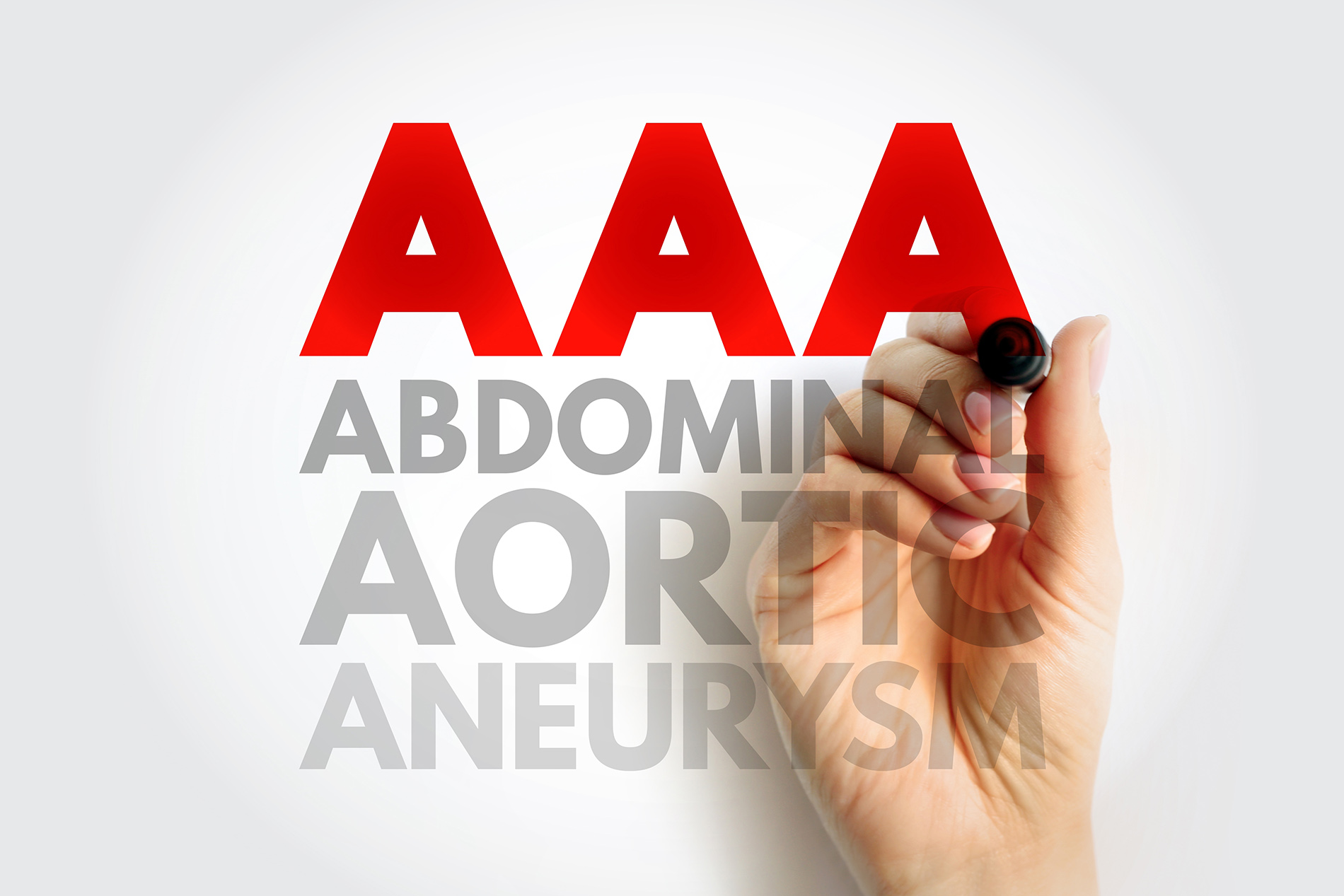For many patients, the words "heart catheterization" can sound intimidating. However, according to Dr. Harry Hicklin, IV, a board-certified cardiologist at Lexington Health Heart and Vascular Center, this standard, minimally invasive procedure is a vital tool for diagnosing and treating heart disease.
"A heart catheterization—often called a heart cath—is a minimally invasive procedure where a small tube or catheter is inserted through an artery in the arm or groin and advanced to the heart," Dr. Hicklin explains. "Using contrast dye and flouroscopy (a type of X-ray), we're able to see the heart's arteries in real time and identify any blockages. If needed, we can even place a stent to restore blood flow."
Not Surgery—But an Important Procedure
One of the first questions many patients ask is whether a heart cath counts as surgery. Dr. Hicklin reassures them.
"A heart cath is not surgery and doesn't require any incisions," he says. "We insert a needle through the skin to make a small hole in the artery, then place the catheter, which we remove at the end of the procedure."
Doctors may recommend a heart cath if a patient is experiencing chest pain, has had an abnormal cardiac stress test, or is in the middle of a heart attack. "In emergent situations, it can be lifesaving to open blockages and restore blood flow to the heart," Dr. Hicklin adds.
What to Expect During the Procedure
Patients are usually awake during the heart cath, but comfortable. "We use a form of anesthesia called conscious sedation," Dr. Hicklin notes. "You'll be lightly to moderately sedated, but breathing on your own. Most people describe only mild pressure at the insertion site, but no pain. The sedative keeps patients comfortable throughout the procedure."
The procedure typically takes 30 minutes to an hour, though it can last a bit longer in some instances.
Preparing and Recovering
Very little preparation is needed ahead of time. "If you're on certain blood thinning medications or anticoagulants, we'll usually ask you to stop them two to three days before your procedure," Dr. Hicklin explains. "You also shouldn't eat or drink after midnight the night before."
Recovery is generally quick. Most patients are monitored for a few hours and then discharged home on the same day. If your cardiologist places a stent during the procedure, some patients may need to stay in the hospital overnight.
"Depending on whether the catheter goes through the arm or leg, you'll get specific instructions for home care," Dr. Hicklin says. "Usually that means avoiding lifting more than 10 pounds for a week."
Risks and Safety
While any medical procedure carries risks, heart catheterizations are considered very safe. The most common complications—such as minor bleeding or temporary kidney injury from the contrast dye—are rare.
"The risk of significant bleeding is about 1%, temporary kidney injury 1 to 3%, and stroke less than .5%," Dr. Hicklin notes.
Final Takeaway
"Heart catheterization is a common and safe procedure that gives your doctor valuable information about your heart's function," Dr. Hicklin emphasizes. "If your cardiologist recommends it, don't hesitate to ask questions. We want you to feel comfortable and informed."











Leave a comment